In the face of this incident, no one can make the excuse that it was just a “rare incident”. Because that incident, unfortunately, is not an isolated one. In recent years, Vietnamese cultural memory has been repeatedly “torn to pieces” by “unconscious stabs”: the statue of Quan The Am at Me So Pagoda ( Hung Yen ) was stolen, the painting “Spring Garden of Central, South and North” was damaged during preservation, and most recently, two foreigners dug up antiquities at the tomb of King Le Tuc Tong in Lam Kinh (Thanh Hoa).
These “wounds” follow each other like a series of persistent warnings. Despite the press’s voice, expert analysis, and public outrage…, it seems we still cannot prevent the destruction of artifacts and heritage…
Many people ask: Whose responsibility is it? The answer is not simple. That responsibility cannot be placed on a single individual or agency. It is a multi-layered responsibility: from the person directly managing the artifacts to the monitoring and protection system, from policy makers to the people, from the grassroots security force to the legislative, executive and nationaleducation agencies. But deeper than that, there is a system of policies on heritage conservation that lacks updating, lacks strategic investment, lacks technological cohesion and lacks deterrent power.
While we talk a lot about “developing the cultural industry”, the very treasures – the core foundation of that industry – are preserved by manual, backward and fragile methods.
The story of heritage in the digital age should be a journey of technology and awareness. Many countries have done it very well. In England, King Edward's throne is placed in a bulletproof glass chamber, monitored by a 24/7 camera system. In France, the Mona Lisa is protected by special glass and uses artificial intelligence to detect unusual behavior. In China, the security system at the Forbidden City can detect the slightest vibration. In Singapore, precious artifacts are preserved in artificial climate conditions that meet international standards. And in Vietnam - we have artifacts that are thousands of years old, but they are still placed on simple wooden platforms, lacking even a thin layer of glass or a basic incident response procedure.
The incident at the Hue Citadel must be a turning point. We cannot stop at apologies or individual punishments. We need a comprehensive reform in thinking, mechanism and action.
We have had many legal documents such as the 2024 amended Law on Cultural Heritage, Decree 2166/VBHN-BVHTTDL, Decree 39/2024/ND-CP, Circular 18/2022, Circular 04/2023... but like a piece of music, no matter how beautiful the notes are, they are meaningless if they are not played at the right time. The law is in place, the remaining problem is whether those in charge of management have the will to enforce it?
Besides technology and law, the most important thing - and also the most sustainable foundation - is the culture of behaving towards heritage in each person. Heritage education must start from lessons in first grade, from stories told to children, from the way adults step into sacred places with reverence. The media must not only report when there is an incident, but must inspire, tell stories about heritage as if telling stories about ourselves - so that everyone can see: touching heritage is touching one's own history.
Heritage is not a dormant past. It is a living memory, a mirror of identity. Every time we protect an artifact, we are preserving a part of the nation's soul. Every time we act to prevent damage, we are taking a firmer step into the future.
We do not preserve heritage for the past. We preserve heritage for our children and grandchildren. So that one day, when they look at the symbols of history, the younger generation will not only see what remains - but what has been passed down with love, gratitude and deep pride. And then, the national memory will not only survive, but will shine.
Source: https://www.sggp.org.vn/khong-chi-la-hoi-chuong-canh-tinh-post796955.html



![[Photo] Prime Minister Pham Minh Chinh meets with Hungarian President Sulyok Tamas](https://vphoto.vietnam.vn/thumb/1200x675/vietnam/resource/IMAGE/2025/5/29/dbcaa73e92ea4448a03fe1d0de6d68e8)
![[Photo] Vietnamese and Hungarian leaders attend the opening of the exhibition by photographer Bozoky Dezso](https://vphoto.vietnam.vn/thumb/1200x675/vietnam/resource/IMAGE/2025/5/29/94d8ceca5db14af3bf31285551ae4bb3)


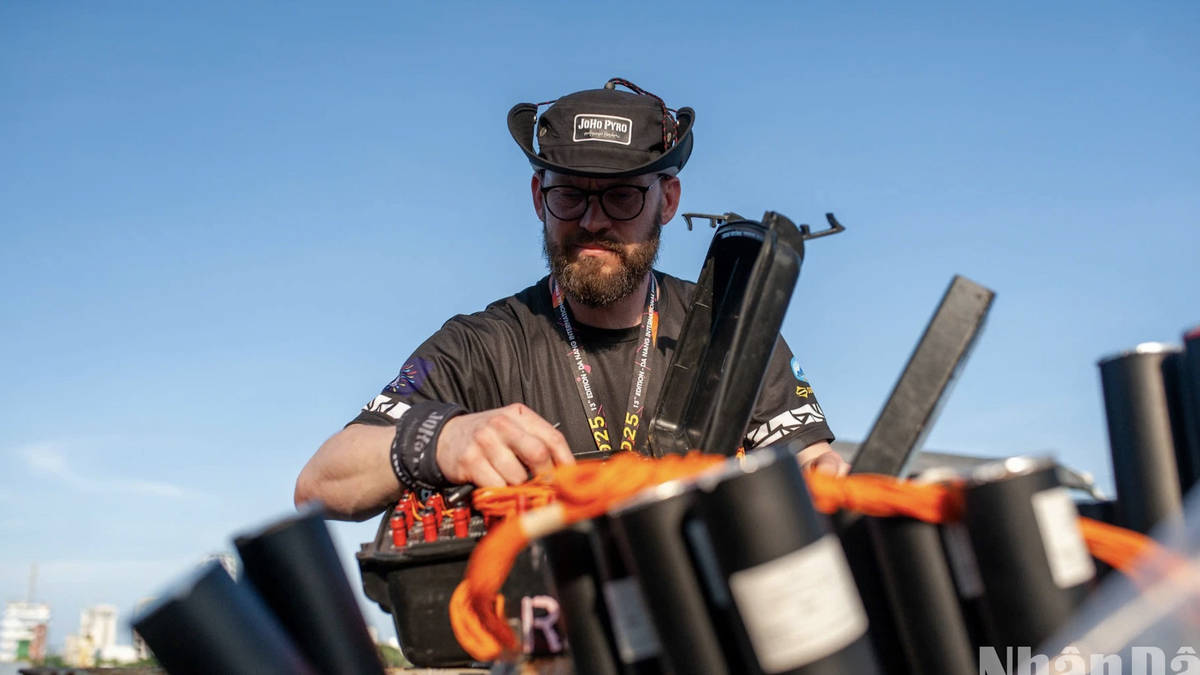
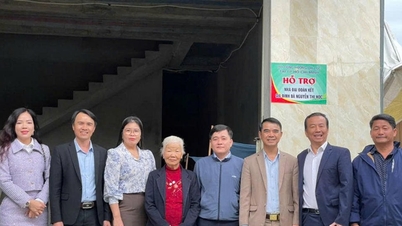






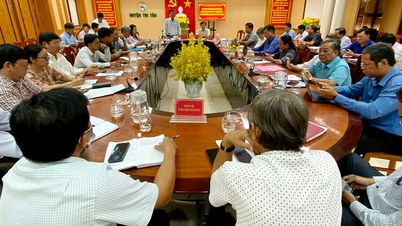







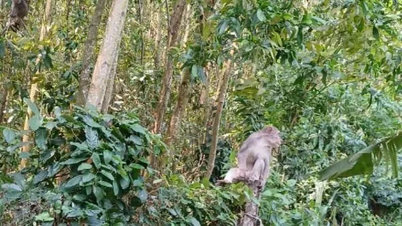
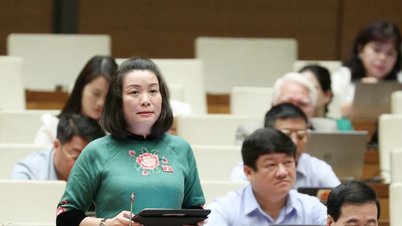
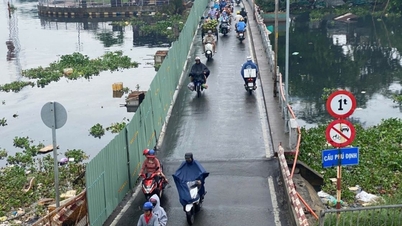


![[Photo] Prime Minister Pham Minh Chinh receives a bipartisan delegation of US House of Representatives](https://vphoto.vietnam.vn/thumb/1200x675/vietnam/resource/IMAGE/2025/5/28/468e61546b664d3f98dc75f6a3c2c880)


























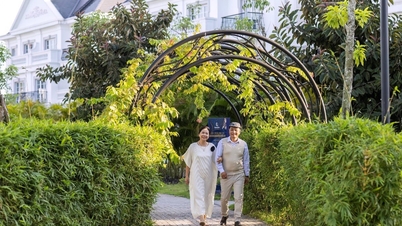







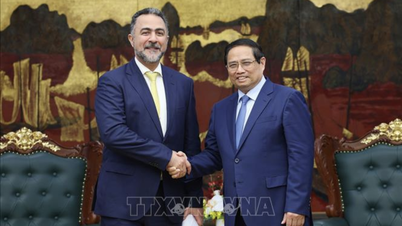


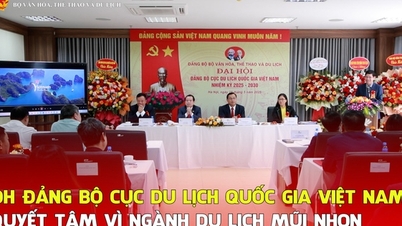
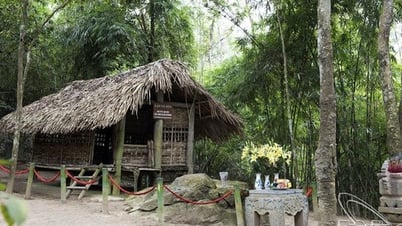

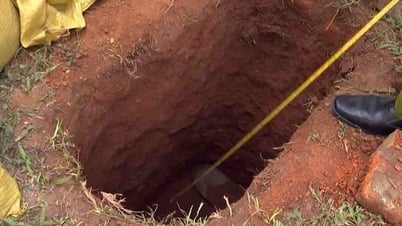
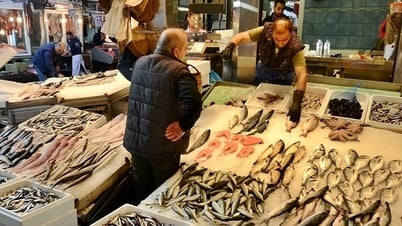



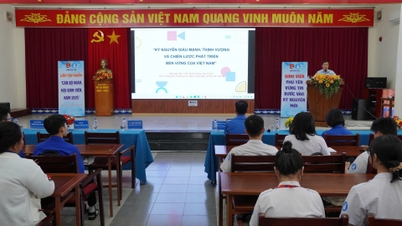


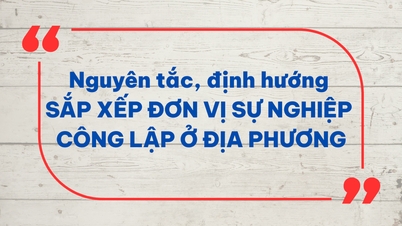












Comment (0)